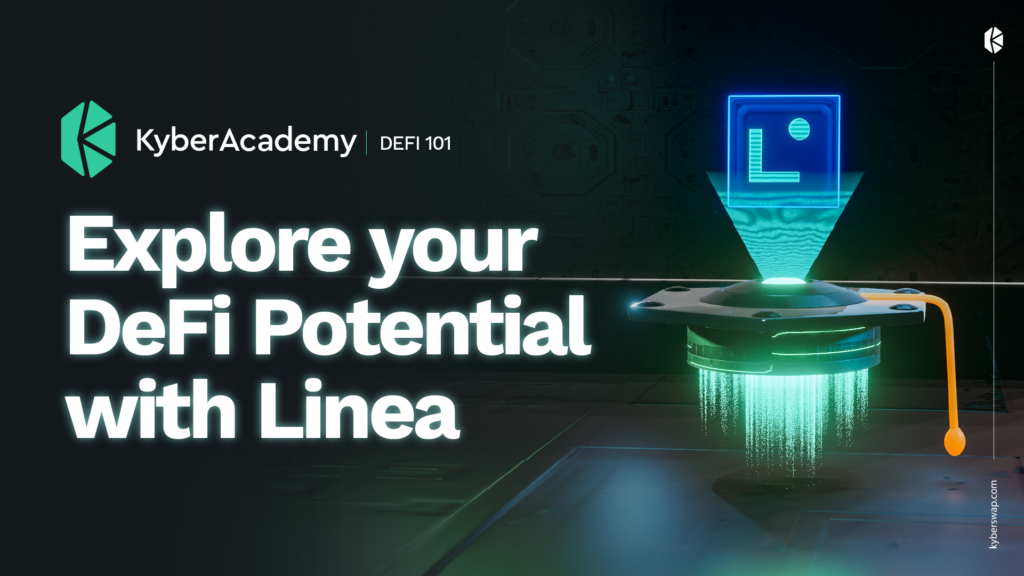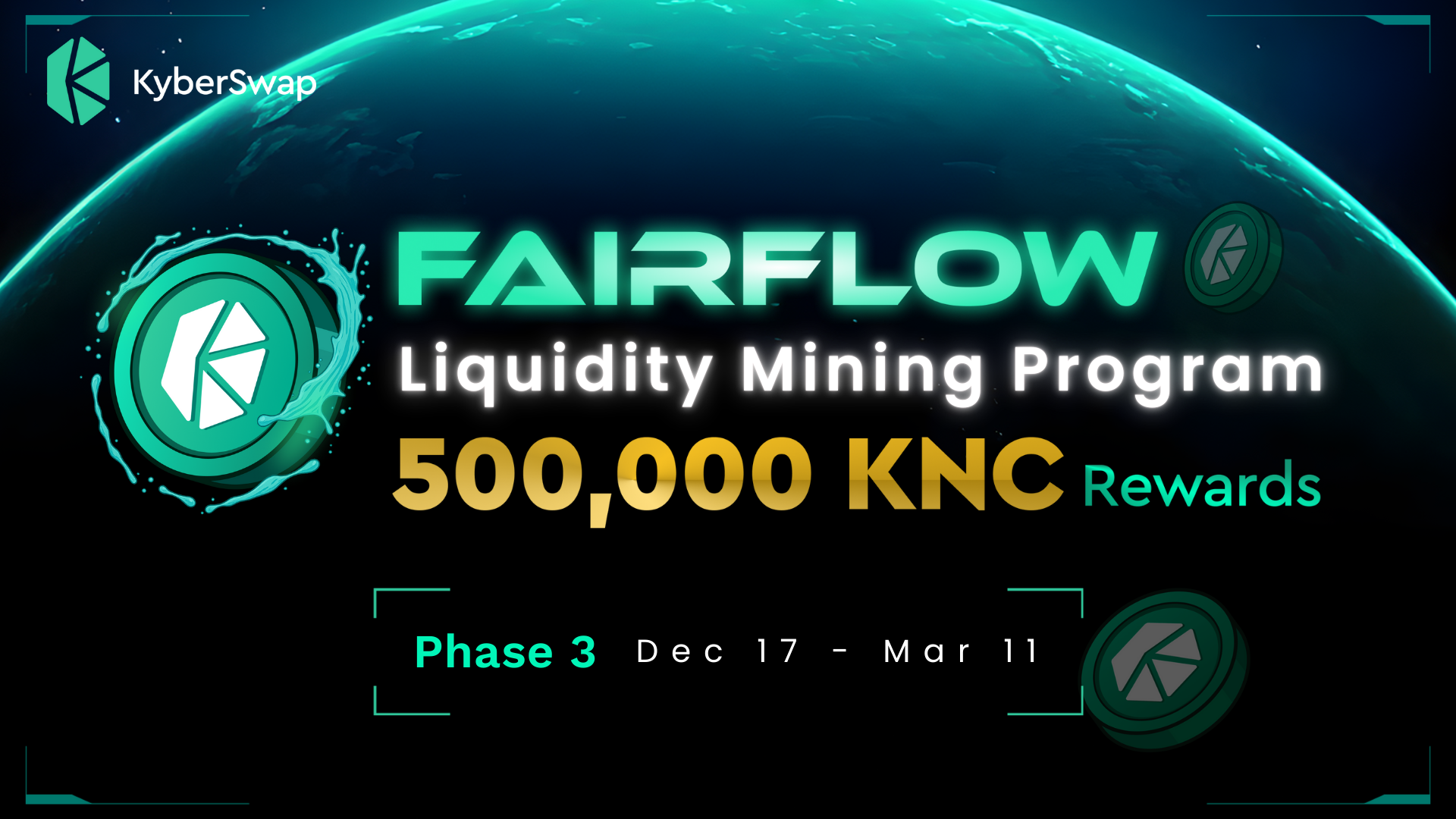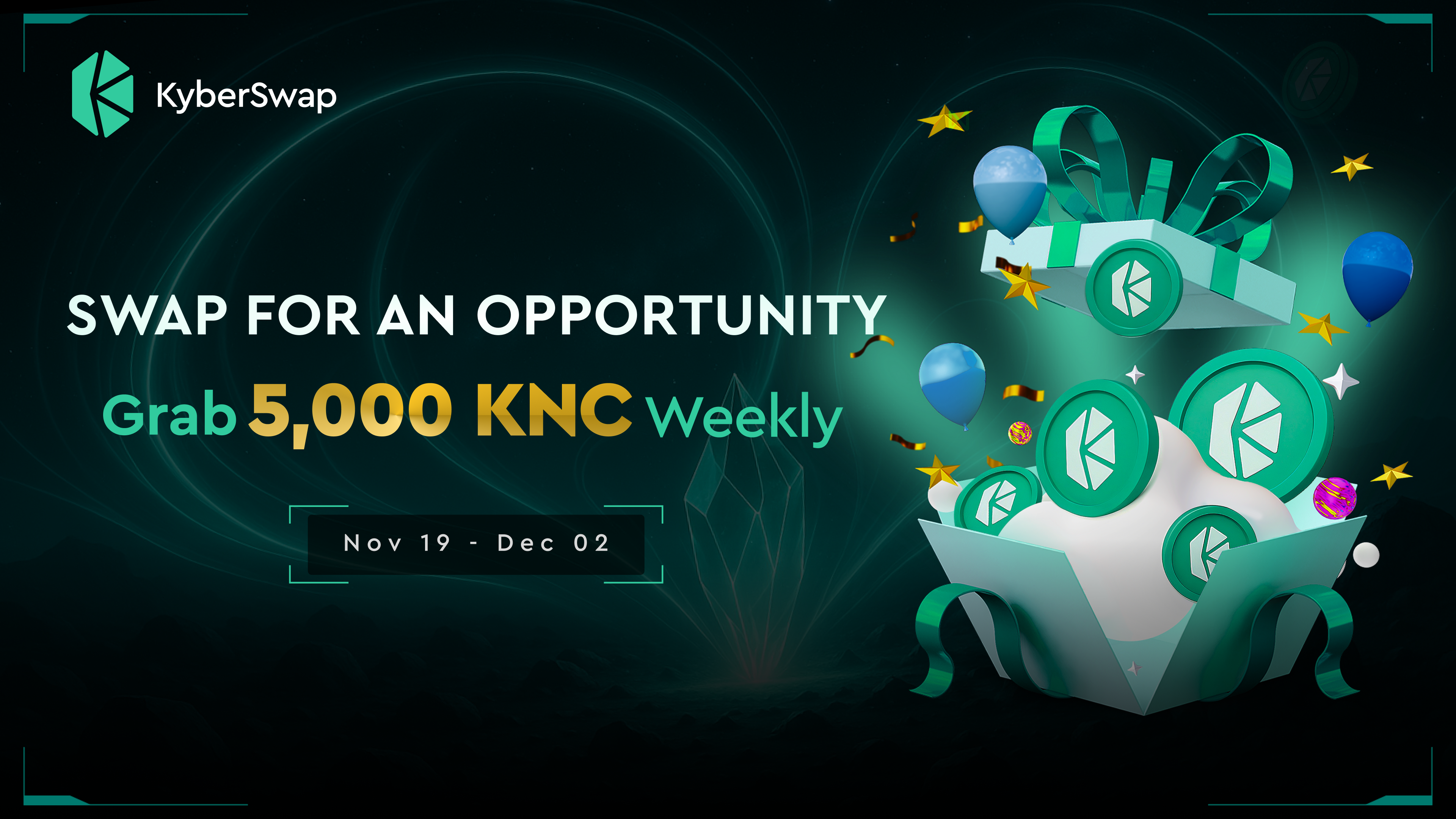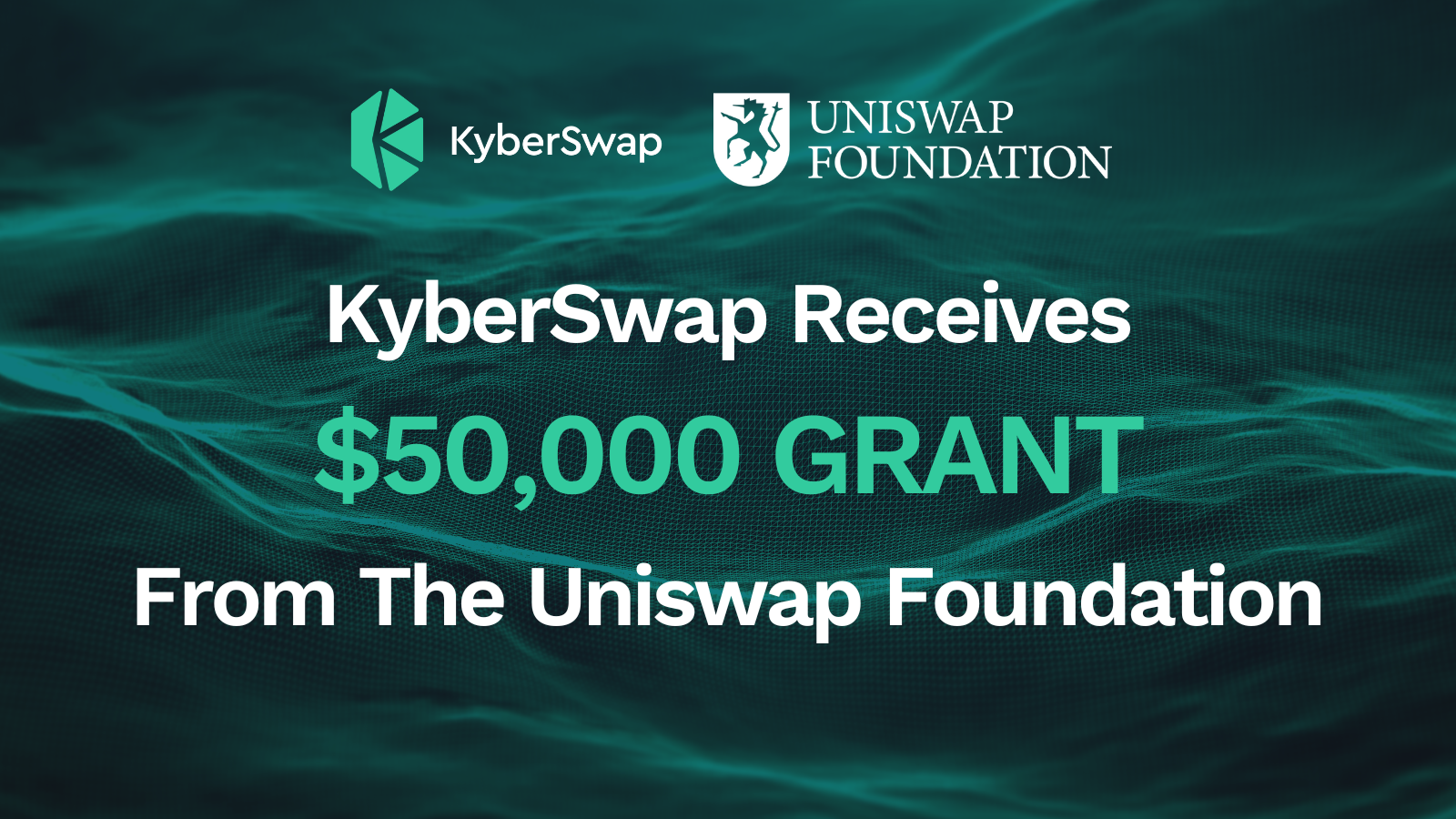
Enter Linea network, a groundbreaking Layer 2 solution developed by ConsenSys, poised to address these pressing issues and propel Ethereum’s capabilities to new heights.
In the rapidly evolving world of decentralized finance (DeFi), Ethereum has emerged as a powerhouse for enabling innovative financial applications. However, Ethereum’s success comes with its own set of challenges, most notably scalability. As the demand for DeFi solutions grows, the network’s limitations become more apparent, leading to congested networks, high fees, and slower transaction speeds.
The Scalability Conundrum
Ethereum’s ascent to the forefront of blockchain technology has been marked by its ability to execute smart contracts and power a multitude of decentralized applications. Yet, its growth has also exposed the limitations of its infrastructure. Network congestion, limited transaction throughput, high gas fees, blockchain size, and synchronization challenges have all contributed to a less-than-ideal user experience, hindering the broader adoption of Ethereum-based solutions.
The Ethereum community recognized the need for a solution that could alleviate these scalability concerns, leading to the development of Layer 2 solutions like Linea network.
Unveiling Linea Network: A DeFi Game Changer
ConsenSys, a trailblazer in the blockchain industry, has introduced Linea, a cutting-edge Layer 2 solution designed to augment Ethereum’s capabilities. Rooted in zero-knowledge (ZK) technology and leveraging rollups, Linea network aims to tremendously enhance scalability, reduce transaction fees, and foster a more efficient ecosystem for DeFi applications.
Linea offers significantly lower transaction fees, around 15 to 20 times cheaper than Ethereum’s mainnet. It prioritizes developer accessibility, seamlessly integrating with ConsenSys’ tools like MetaMask, Truffle, and Infura. Linea’s design encourages development, allowing developers to create without being zkEVM experts.
Linea’s architecture centers around its zkEVM (Zero-Knowledge Ethereum Virtual Machine) rollup network. This innovation combines the power of zero-knowledge proofs with EVM compatibility, enabling Linea network to operate seamlessly within the existing Ethereum framework (Linea is type 2 zkEVM according to Vitalik Buterin’s classification of zkEVM). As a result, developers can harness Linea’s scalability benefits without the need for extensive code modifications, ensuring a smooth transition for existing DApps and contracts.
Linea network offers significantly lower transaction fees, around 15 to 20 times cheaper than Ethereum’s mainnet. It prioritizes developer accessibility, seamlessly integrating with ConsenSys’ tools like MetaMask, Truffle, and Infura. Linea’s design encourages development, allowing developers to create without being zkEVM experts.
Being a fully EVM equivalent zkEVM chain, Linea aligns with Ethereum’s structure and supports existing DApps, much like Ethereum. This familiarity extends to interactions, with differences mainly affecting the underlying structure rather than the application layer. This compatibility permits easy code migration between Ethereum and Linea, offering flexibility and enhancing deployment options.
The Tech Behind Linea Network
Linea’s foundation rests on state-of-the-art technologies that enable its remarkable scalability achievements:
- Zero-Knowledge Proofs: Linea network employs zero-knowledge proofs to verify transactions without revealing sensitive data. This cryptographic technique ensures efficient and secure validation, enhancing network throughput and privacy.
- zkSync and StarkWare: Linea network leverages zkSync and StarkWare technologies to process transactions off-chain, reducing congestion on the Ethereum mainnet. These technologies facilitate efficient computation and verification while preserving user privacy.
- Rollups: Linea network embraces rollups to aggregate and summarize multiple transactions off-chain before submitting a summarized proof to the Ethereum mainnet. This approach minimizes on-chain processing and significantly boosts scalability.
- EVM Compatibility: Linea network seamlessly integrates with Ethereum’s existing infrastructure, making it easy for developers to migrate DApps and contracts. This compatibility accelerates the adoption of Linea within the DeFi ecosystem.
Linea Network’s Impact on DeFi
Linea network’s introduction has profound implications for the DeFi landscape:
- Enhanced Scalability: By significantly increasing transaction throughput and reducing congestion, Linea paves the way for a more efficient and user-friendly DeFi experience.
- Reduced Fees: Linea network’s off-chain transaction processing leads to lower fees, making DeFi applications more accessible to a wider audience.
- Interoperability: Linea network’s interoperability potential extends beyond Ethereum, enabling cross-chain communication and asset transfers across different blockchain networks.
- Seamless Integration: Developers can seamlessly migrate existing DApps and contracts to Linea, benefiting from enhanced scalability without major code adjustments.
- Innovation and Growth: Linea’s scalability and compatibility foster innovation and attract a broader developer community, resulting in the creation of new and improved DeFi applications.
Linea Network’s Journey Towards Decentralization
Linea’s path to scalability and decentralization unfolds through a series of carefully planned phases:
Phase 0: The Journey Begins
Linea’s journey begins with the establishment of the mainnet alpha, where zkEVM technology and the Security Council come together to lay the foundation for scalability.
Phase 1: Expanding EVM Coverage and Open-Sourcing
Following the launch, Linea’s codebase will be open-sourced under the Affero General Public License (AGPL). Simultaneously, the expansion of Ethereum Virtual Machine (EVM) coverage will unlock diverse use cases for the platform.
Phase 2: Diversifying the Security Council and Censorship-Resistant Withdrawals
Linea’s Security Council diversifies, mitigating concentration of power and biases. Moreover, Linea refines its architecture to enable censorship-resistant withdrawals, empowering users to safeguard their funds even in the face of malicious actors.
Phase 3: Decentralizing Operators and Governance
Decentralization takes center stage as Linea progresses to decentralize operators and governance. Users gain the ability to actively participate in decision-making, further democratizing the network’s development.
Phase 4: Introducing Multi-Prover Rollup and Governance Curbs
The final phase marks the introduction of a Multi-Prover rollup system, bolstering security by incorporating independent zkEVM prover implementations. Simultaneously, governance powers are curbed to ensure a robust and decentralized ecosystem.
As Linea progresses through these phases, the DeFi community can anticipate a more robust, scalable, and innovative platform.
Conclusion
Linea, ConsenSys’ groundbreaking Layer 2 solution, is poised to revolutionize Ethereum’s scalability and reshape the DeFi landscape. By harnessing the power of zero-knowledge proofs, zkSync, StarkWare, and rollups, Linea addresses Ethereum’s scalability challenges head-on. As Linea’s ecosystem grows and matures, it promises to unlock new possibilities for DeFi developers, users, and the broader blockchain community.
While Linea network’s evolution is still ongoing, its potential to enhance scalability, reduce fees, and foster innovation within DeFi is undeniably exciting. As we await further developments and advancements, Linea remains a beacon of hope for a more scalable and accessible blockchain future.
Please note that the information provided in this article is for educational purposes only and does not constitute financial advice. It is essential to conduct thorough research and due diligence before engaging in any blockchain-related activities.



